Blogs from the Field
A healthy future for wildlife, people, and planet.
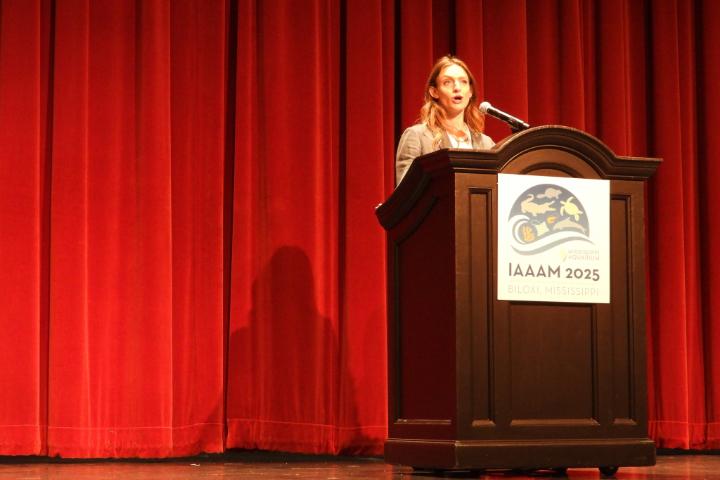
December 11, 2025
One of my primary goals during my veterinary education was to present at a professional conference to gain experience and build my network. I was able to achieve this goal by presenting at the 2025 International Association for Aquatic Animal Medicine Conference....
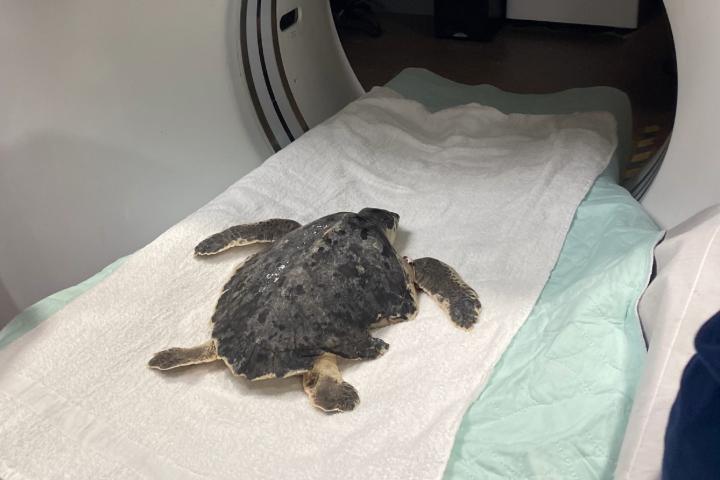
December 02, 2025
This past spring, I had the opportunity to travel to Gulfport, Mississippi, where I served as a veterinary student extern at the Mississippi Aquarium. It was my first time working at an aquarium, and I loved it....
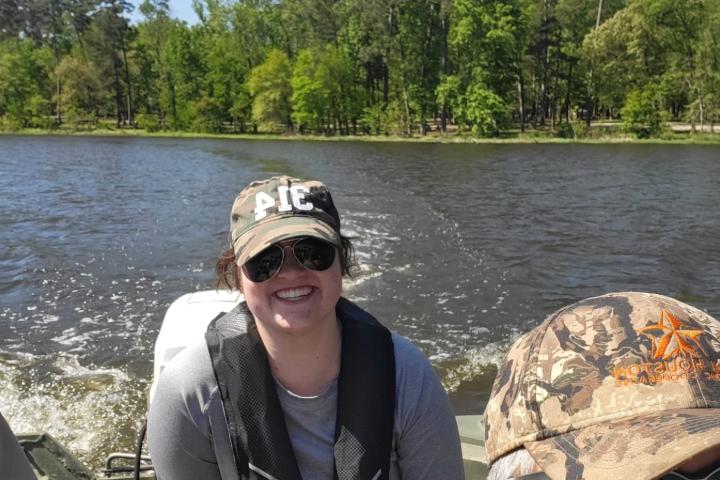
November 24, 2025
Veterinary medicine offers a wide range of career paths and options, and one of the most interesting and often overlooked is that of a state wildlife veterinarian....
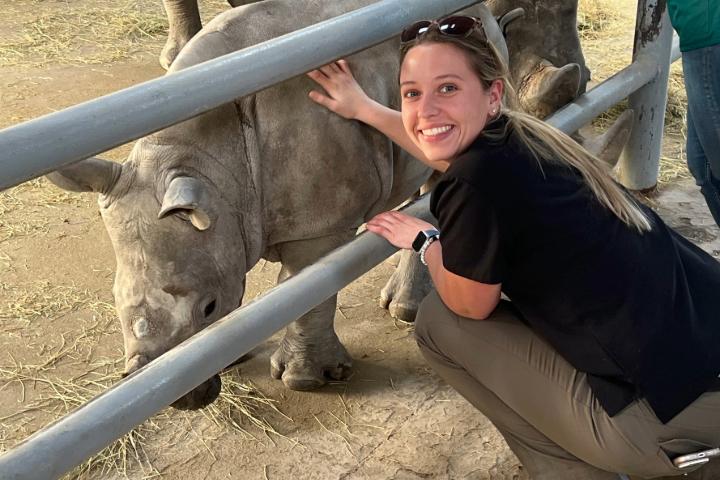
October 29, 2025
With aspirations of working as a veterinarian in a safari park, I approached the externship with the goal of gaining hands-on experience in field anesthesia and procedures performed under semi-free-ranging conditions....
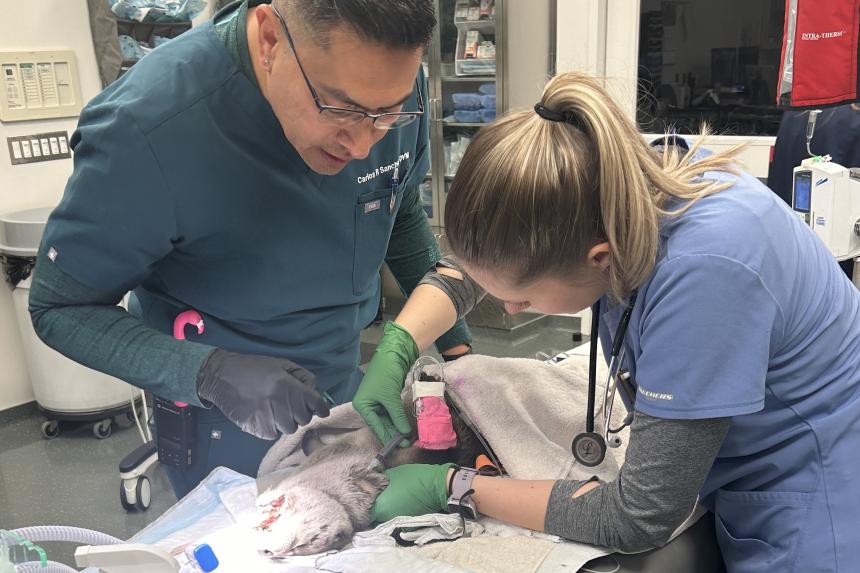
May 07, 2025
I entered veterinary school with a strong interest in pursuing a career in zoological medicine. Over the past few years, I’ve been committed to exploring various aspects of the field and making the most of the many opportunities Cornell has to offer....
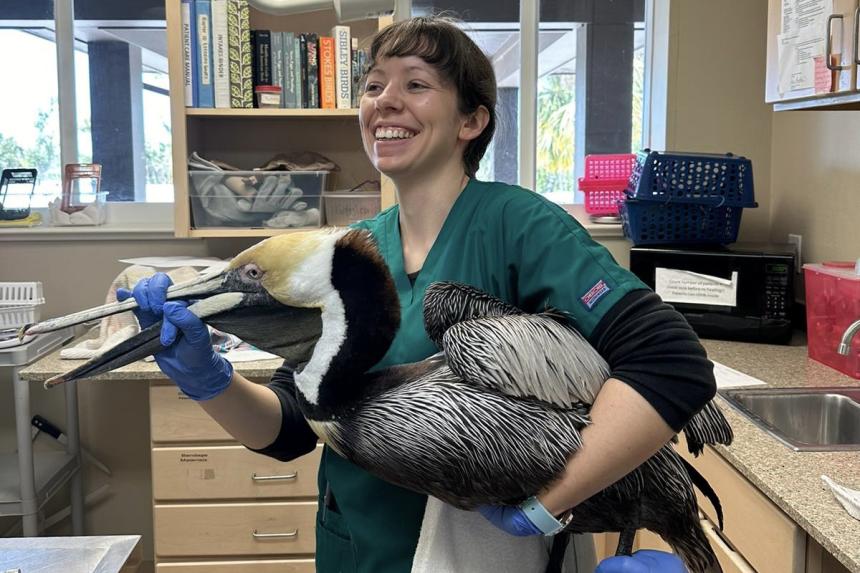
September 12, 2024
I have always been passionate about wildlife conservation and have been pursuing that career path throughout my veterinary studies. I have used most of my school breaks to go abroad and gain clinical experiences working with a variety of endangered species (notably in South Africa, Costa Rica and my most recent trip to Namibia)....
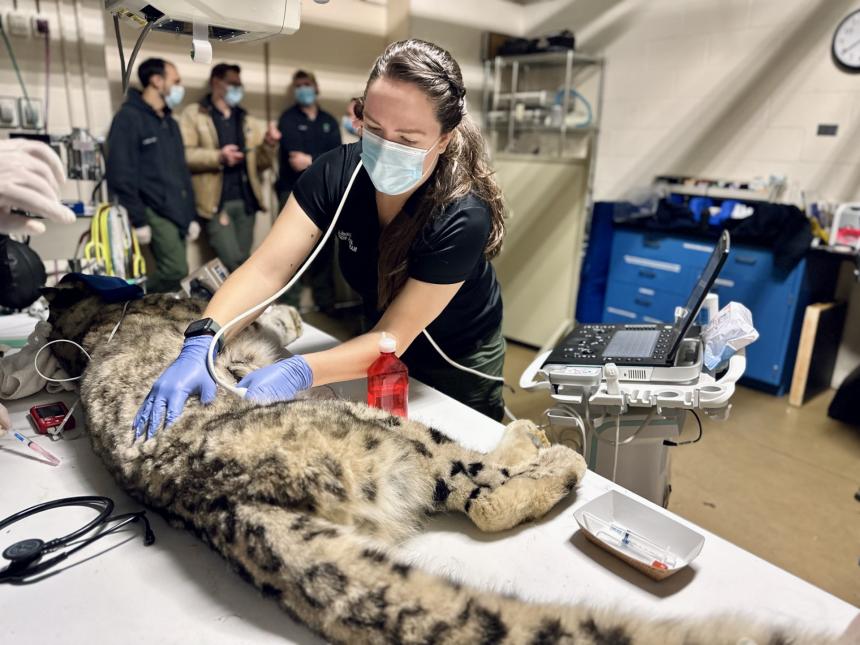
June 11, 2024
Many have watched episodes of the Animal Planet docuseries “The Zoo,” getting a behind-the-scenes glimpse into the phenomenal conservation, science, and education agenda that is carried out at the Bronx Zoo. As someone interested in zoological medicine, I had always dreamt of training with the Bronx Zoo Zoological Health Program....
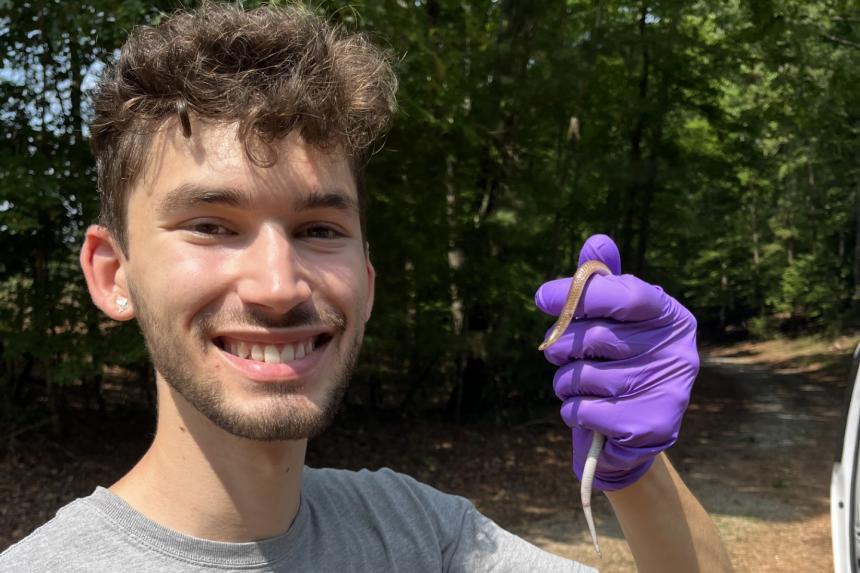
January 19, 2024
I had the opportunity to spend this past summer as a wildlife population health extern at the Southeastern Cooperative Wildlife Disease Study (SCWDS). SCWDS is a collaborative wildlife health partnership based at the University of Georgia (UGA)....
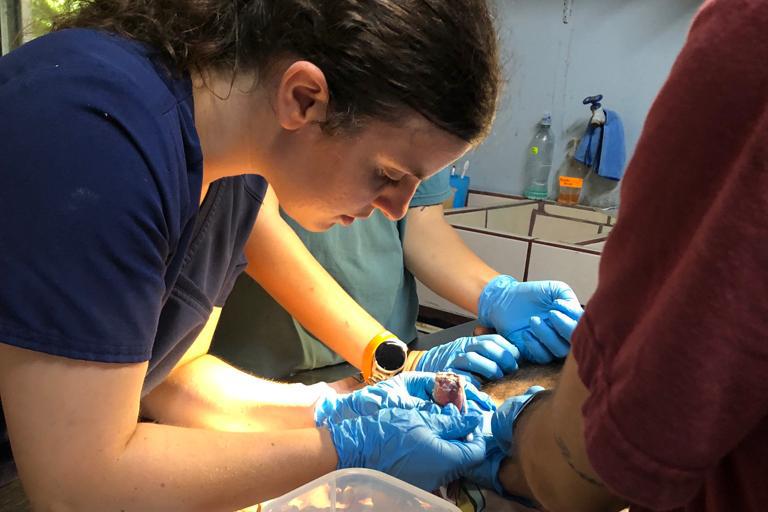
January 03, 2024
My heart hammers in my chest as I unlock the door to the enclosure, my eyes hunting through the mesh to find the animal inside. It’s not just the heat making my palms sweaty as I open the door and duck inside; it’s not just the exercise making me short of breath. Of all the animals in the clinic, this is the one that terrifies me the most: the one-armed, two-toed sloth named Ace....
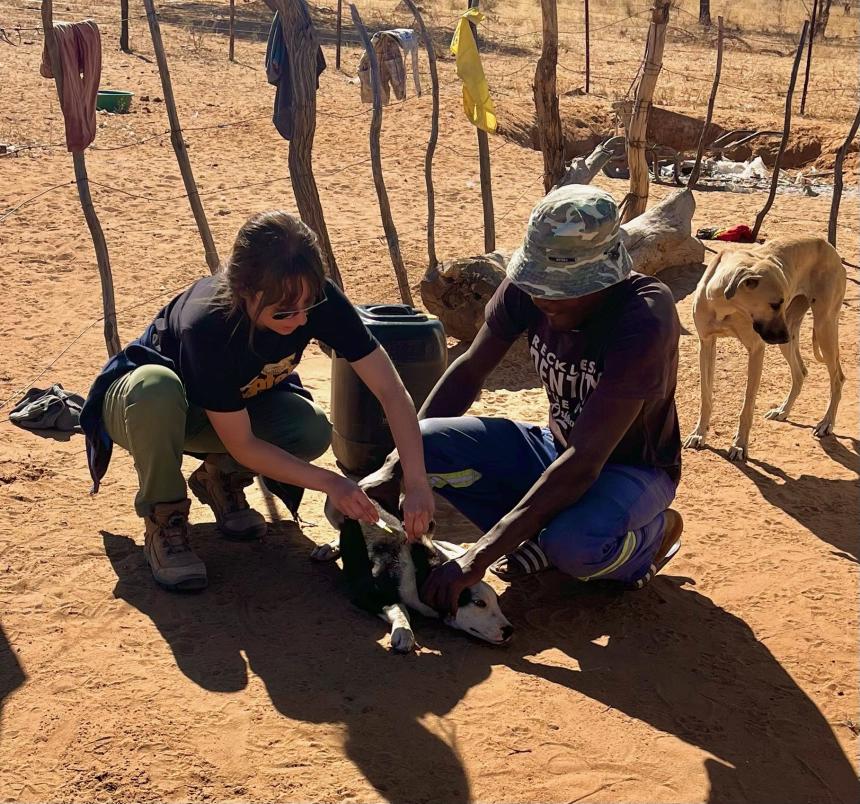
December 20, 2023
On an early Saturday morning in late September 2021, I was half-awake when I logged in to attend the virtual Veterinary One Health Association Symposium. The first presenter was Dr. Laurie Marker, who I then learned was the Founder and Executive Director of the Cheetah Conservation Fund (CCF)....
